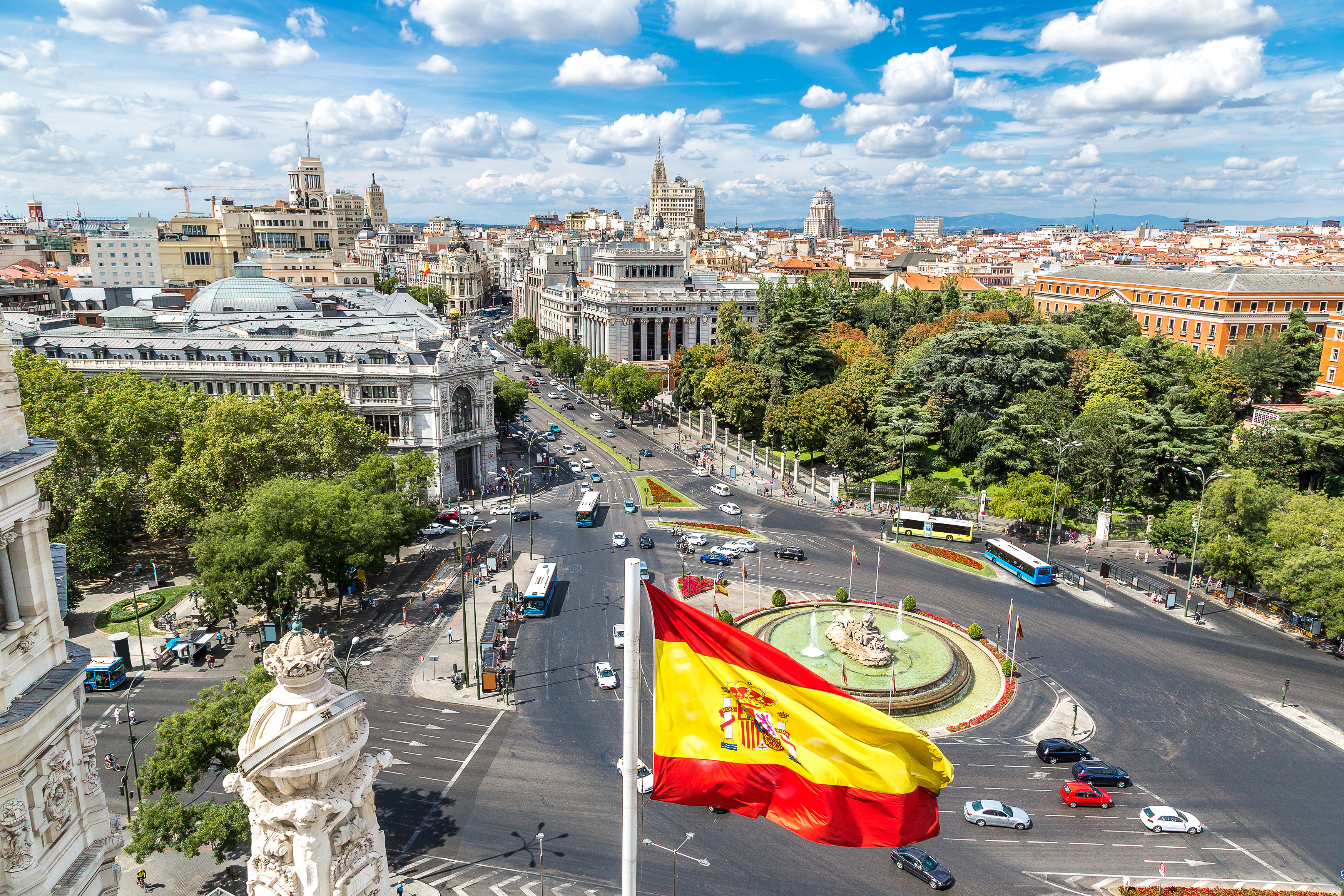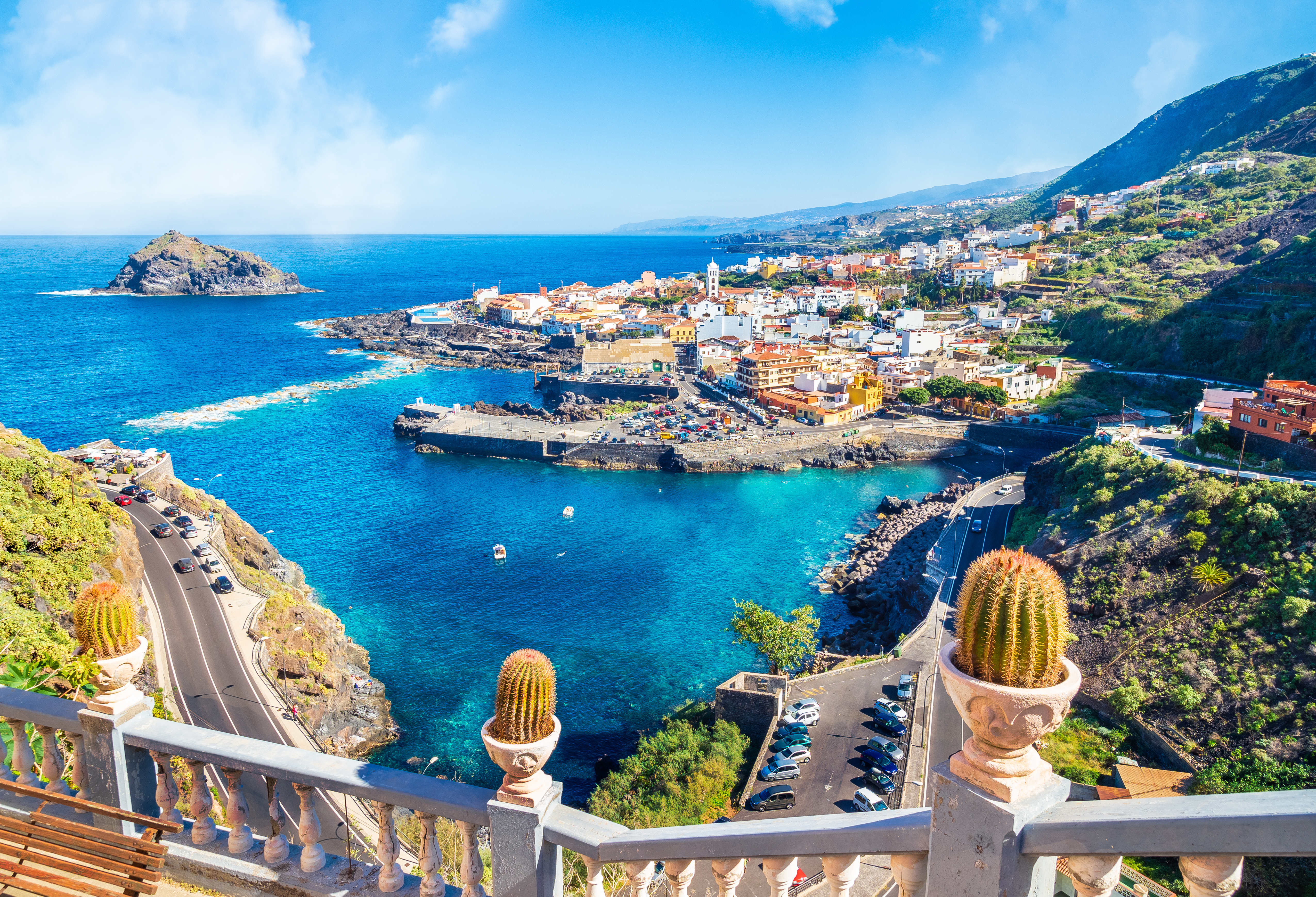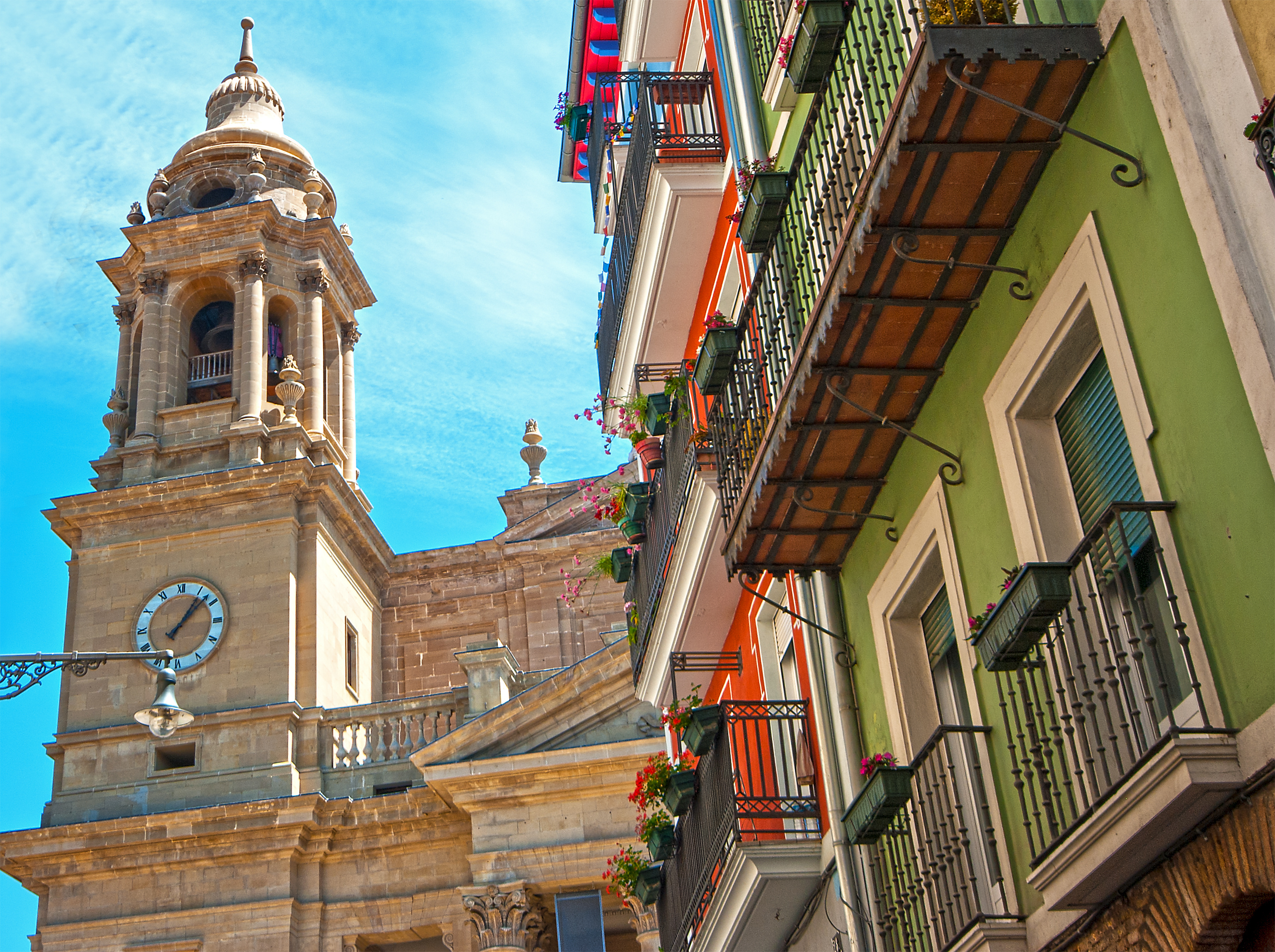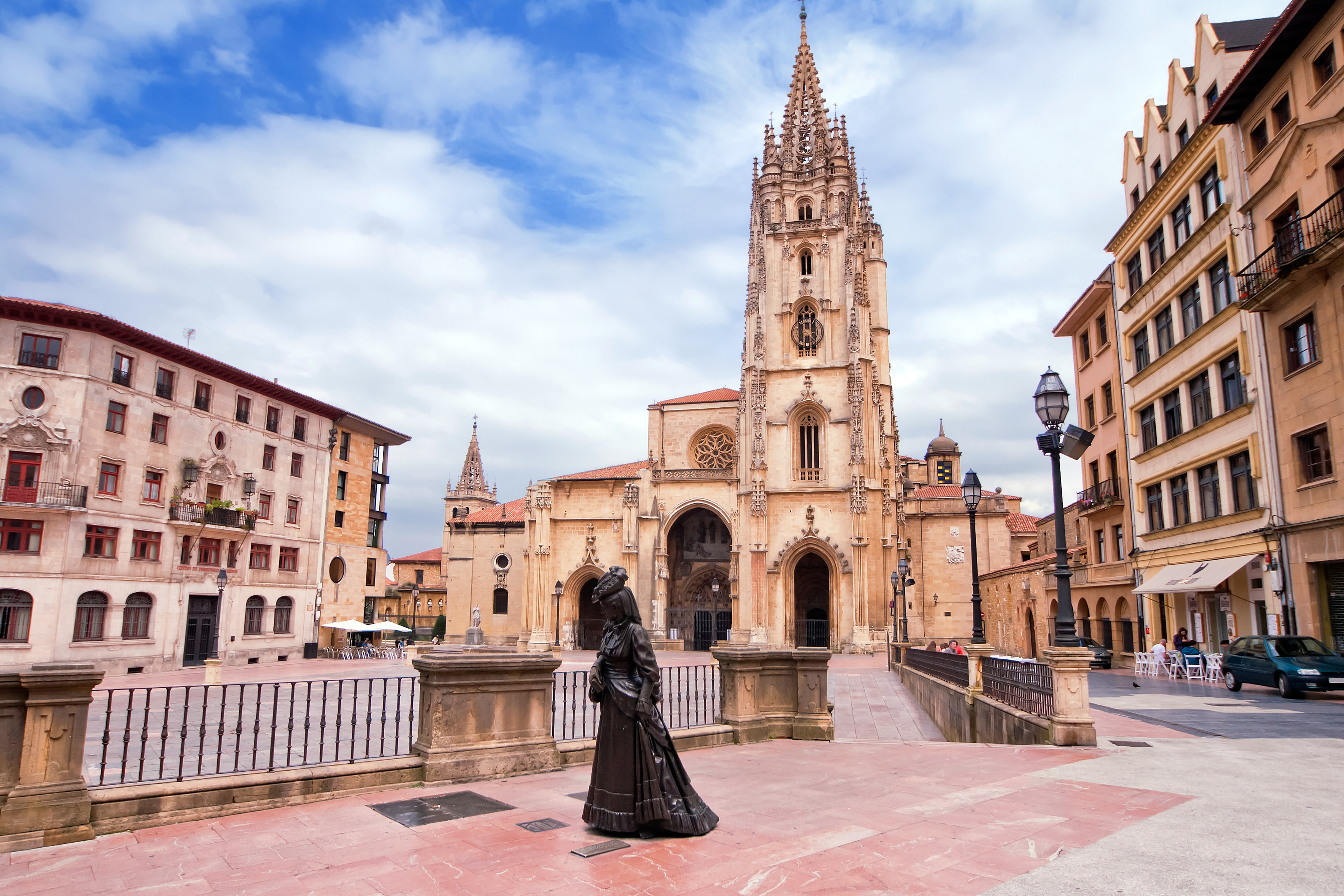Planning A Trip To Spain
Planning a trip to Spain means diving into the historic cities, daring architecture, and great cuisine of a truly multicultural destination.
Whether you feel like retracing Hemingway’s paths from the bullring to the trout streams or checking out the beach action in Costa Brava or Ibiza, Spain has you covered.
The hard part is choosing – and this guide to planning a trip to Spain will help you make those tough decisions.

Understanding The Basics
Like many European countries, Spain is very regional, and there is a lot of regional pride.
The world’s biggest regular-season soccer game, El Clásico, is held between Barcelona and Real Madrid. And when you’re talking the world’s most heated soccer game, you’re talking intense.
On the other hand, Spain is generally welcoming to visitors. It’s also a safe country, with its major cities (Madrid, Barcelona, and Seville) getting safety scores of 75 or above from GeoSure Global on all categories except theft, which varies by neighborhood.
Spain also receives high marks in Berkshire Hathaway Travel Protection’s rankings of the world’s safest countries and cities.
The State Department gives Spain a level-two (“Exercise Increased Caution”) rating, mainly because of general terrorism threats across Europe.
Spain has an active separatist movement in the country’s Basque regions, and the State Department does note that demonstrations are common.
Choosing the Best Time to Visit
Let’s start with the climate. Spain can be quite hot, especially in the cities. If you’re traveling from Texas, Arizona, or the South you’ll probably be right at home. If you’re a cool-weather traveler you may find Madrid or Barcelona a little stifling in midsummer.
Climate-wise you can expect the following:
- Spring (March-May): Mild temps, blooming landscapes, and cities at their best.
- Summer (June-August): The best time to hit the beaches … which is why everyone hits the beaches.
- Autumn (September-November): Back to the cities, but also time to hike the Pyrenees or take part in La Rioja’s grape harvest.
- Winter (December- February): Fewer crowds, mild temps in the south, and more festive experiences, like Christmas markets.

Choosing Your Destinations
One of the best things about Spain is that a single destination can check many boxes.
Take Madrid. You want great art museums? Madrid has the Prado, the Reina Sofía National Art Centre, the Thyssen-Bornemisza Museum, and the Gallery of the Royal Collections.
History? Check out the area around the Royal Palace.
Architecture? Check out La Casa de las Flores or the Metropolis Building.
Dining and nightlife? Head to the area around the Plaza Major and investigate flamenco culture.
Barcelona’s the same, with the lively La Rambla district, the Picasso Museum, and Gaudí’s architectural masterworks – the Sagrada Familia Basilica and Park Güell.
Seville has a UNESCO World Heritage Site that encompasses the stunning Alcázar Palace and the majestic Seville Cathedral.
And Valencia is the birthplace of paella, for crying out loud.
The cities are a great Spain, but maybe they’re not your Spain. No problem. Build out your itinerary around lower-profile destinations like:
- Ronda: A picturesque town atop a deep gorge, with stunning views and historic bridges.
- Salamanca: A university town with beautiful sandstone architecture.
- Bilbao: A cultural hub in the Basque Country, home to the striking Guggenheim Museum.
- Cordoba: Home to four-count-‘em-four UNESCO World Heritage Sites.
And if you’re even more adventuresome, build your vacation around hikes and ski trips in the Pyrenees, bike tours through the wine country, or caving in Castilo and Leon.
Choosing Your Accommodations
If you’re planning a trip where you stay in one spot and do day trips (a good option in the wine country) choose an Airbnb or VRBO.
In general, Airbnbs and hostels are good options for budget-conscious travelers, hikers and adventurers.
If you’ve never been, European hostels are almost always clean and safe. Check reviews for the best ones (though you may have to sift through the obviously fake reviews to get to the real lowdown).
Otherwise, Spanish hotels range from five-star elegance to humble pensions (family-owned guest houses).
With all these accommodations, location probably matters more than amenities. Ask:
- Is it close to train and metro stations?
- Can I walk to the sights I want to see?
- Is it near markets or good places to eat?
- Is it located near hiking and biking trails?
- Is it a centrally located hub for day trips?

Choosing Your Transportation
Speaking of getting around, navigating Spain is a breeze thanks to its efficient transportation network. Once in-country, you’ll have your choice of:
- Trains: High-speed rail connects Madrid, Barcelona, Seville, and other cities. If luxury train travel is your jam, consider the Transcantábrico Train.
- Buses: Bus lines like Alsa and Avanza reach smaller towns and rural areas not served by trains.
- Metros: Madrid, Bilbao, Seville, and Barcelona have comprehensive metro systems, and other cities have hybrid rail systems.
- Car Rentals: Ideal for exploring the countryside on your own hook. Most major car-rental agencies rent in Spain.
- Domestic Flights: Budget airlines like Vueling and Ryanair ply routes between major cities – but unless you have a major need for speed, there are better options.
Choosing Where and What to Eat
Spanish cuisine is diverse and delicious, with dishes that range from seafood to hearty upland fare.
Among the highlights are:
- Pintxos (in Basque country)/tapas: Small dishes served with drinks, perfect for sampling. Local ham and seafood (cuttlefish and octopus), croquettes, and seasoned potatoes are favorites.
- Paella: A traditional meat, rice, and tomato dish from Valencia, often made with seafood, chicken, and/or rabbit.
- Churros: Deep-fried dough sticks, usually enjoyed with spiced hot chocolate.
- Regional specialties: In addition to paella in Valencia, try seafood in Galicia, gazpacho in Andalusia, or the Mediterranean-inspired cuisine of Catalonia.
Dining Tips
Going out to eat in Spain is an experience, so try to maximize the “wow” factor with every meal, whether at lunch (the traditional big meal in Spain) or dinner.
Bear these tips in mind as you plan:
- Reservations: Popular restaurants fill up quickly, so book a table in advance.
- Mealtimes: Spaniards eat late, with lunch around 2 p.m. and dinner starting at 9 p.m. or as late as 10 p.m. (In Spain, the siesta is real.)

Cultural Tips and Etiquette
To fully enjoy your trip, it's essential to understand and respect local customs. While Spanish customs are nothing too far out of the ordinary, keep the following in mind:
- Greetings: A handshake or a kiss on both cheeks is customary when meeting someone.
- Language: Many Spaniards speak English, but it helps to know a few basic Spanish phrases like "hola" (hello), "gracias" (thank you), "por favor" (please), and “desacelerar” (slow down).
- Cultural customs: Be aware of religious customs when visiting cathedrals and mosques. Dress modestly.
Packing and Staying Safe
The key to successful packing for a trip to Spain is to bring versatile clothing – layers, especially if you’re heading to the mountains.
Pack comfortable walking shoes, a broad-brimmed hat, and sunscreen.
Clothing and gear can also help you stay safe. Backpacks with cut-proof straps and “pickpocket-proof” clothing like that made by Clothing Arts can help you secure valuables.
In addition, be aware of your surroundings at all times, and keep electronics and valuables tucked away.
Finally, apps like Google Maps, Duolingo, GeoSure, Noonlight, or any of the rest of our favorite travel apps can help keep you safe and engaged as you travel the country.
Travel Insurance
Travel insurance is a crucial part of any trip – especially a trip as big as a Spanish vacation.
Berkshire Hathaway Travel Protection lets you choose a plan that fits your travel style and travel plans.
- Adventure travel benefits from the added gear protection of AdrenalineCare®.
- Luxury travel is best protected by the higher limits of LuxuryCare®.
- Cruises (yes, there are cruises in and around Spain) are a match for WaveCare®.
- And any other big trip can benefit from the comprehensive coverage of ExactCare Extra®.
Best of all, you can get covered right on this website with just a couple of clicks.
A vacation in Spain can be anything from mild to wild – but with the right planning, it’s sure to be memorable.
Questions About Travel Insurance?
Check out our online guide, "What Is Travel Insurance All About?" We've provided in-depth answers to all your travel insurance questions, starting with the basics.